Volkswagen study ID. Code gives outlook on China SUV
Volkswagen makes it clear that the ID. Code is aimed solely at China. “The concept car was developed specifically for Volkswagen customers in China”, it literally says in the press release. The “next-generation SUV” is described as “strikingly athletic and stylish”. “With its powerful, clear and fluid surfaces, the ID. Code comes across more like a Gran Turismo than a five-metre class SUV”, writes VW.
For the carmaker, the concept car is almost entirely concerned with design. The “electrically powered concept car” is only mentioned in two places: in the introduction and with regard to VW “interpreting SUV design in a completely new way and enriching it with fascinatingly superior dynamics in the age of electric mobility.” VW does not even provide further details about the drive itself or the expected innovations in the battery, electric motor or charging behaviour.
“The ID. Code provides an initial glimpse of the future of Volkswagen in China: with a new design language, a new technology standard and a holistic brand experience – specifically geared towards the needs and wishes of our Chinese customers”, said Thomas Schäfer, CEO of the Volkswagen Passenger Cars. “In this way, we are initiating a new era of mobility in China together with our Chinese
partners.”
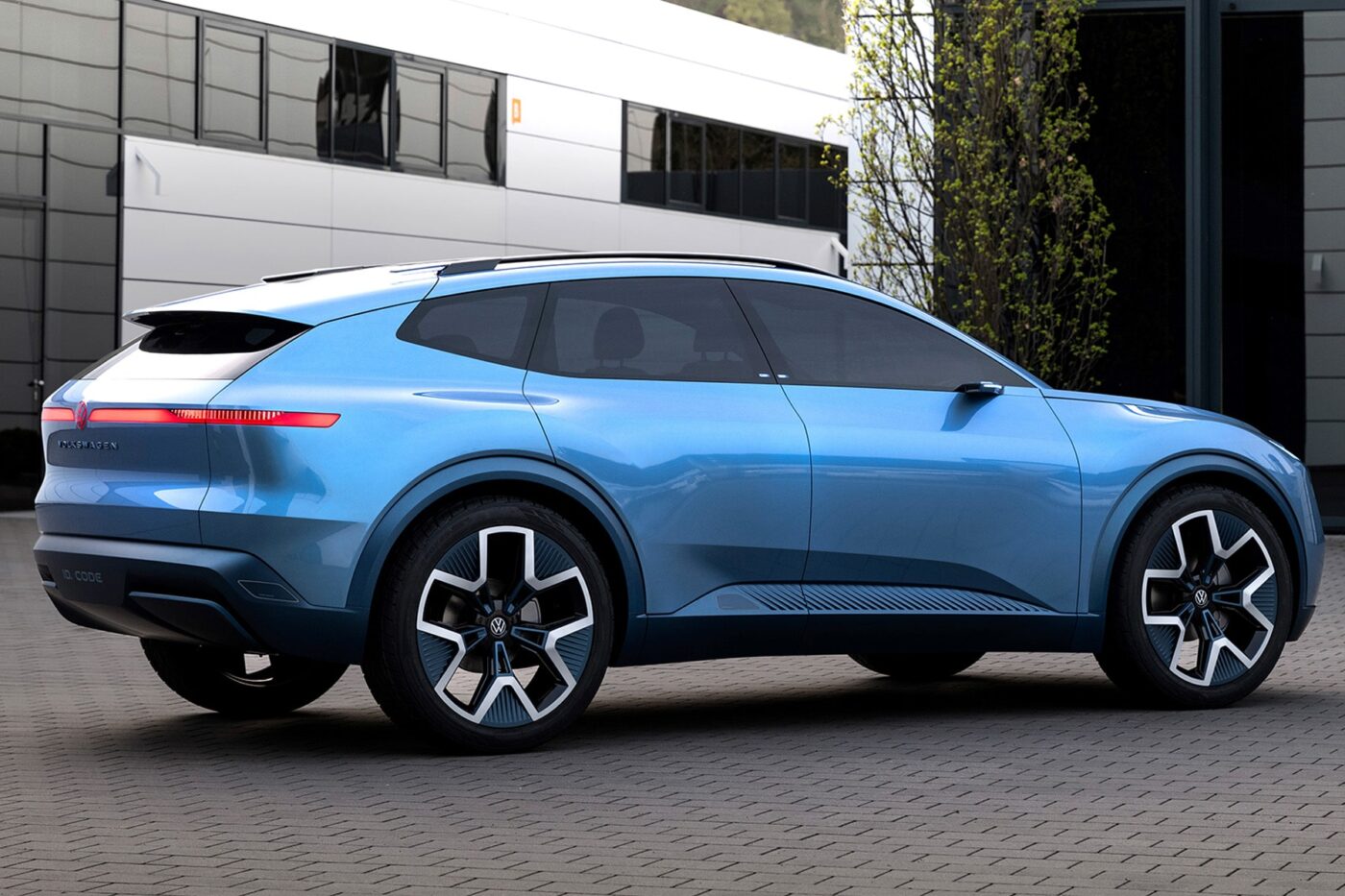
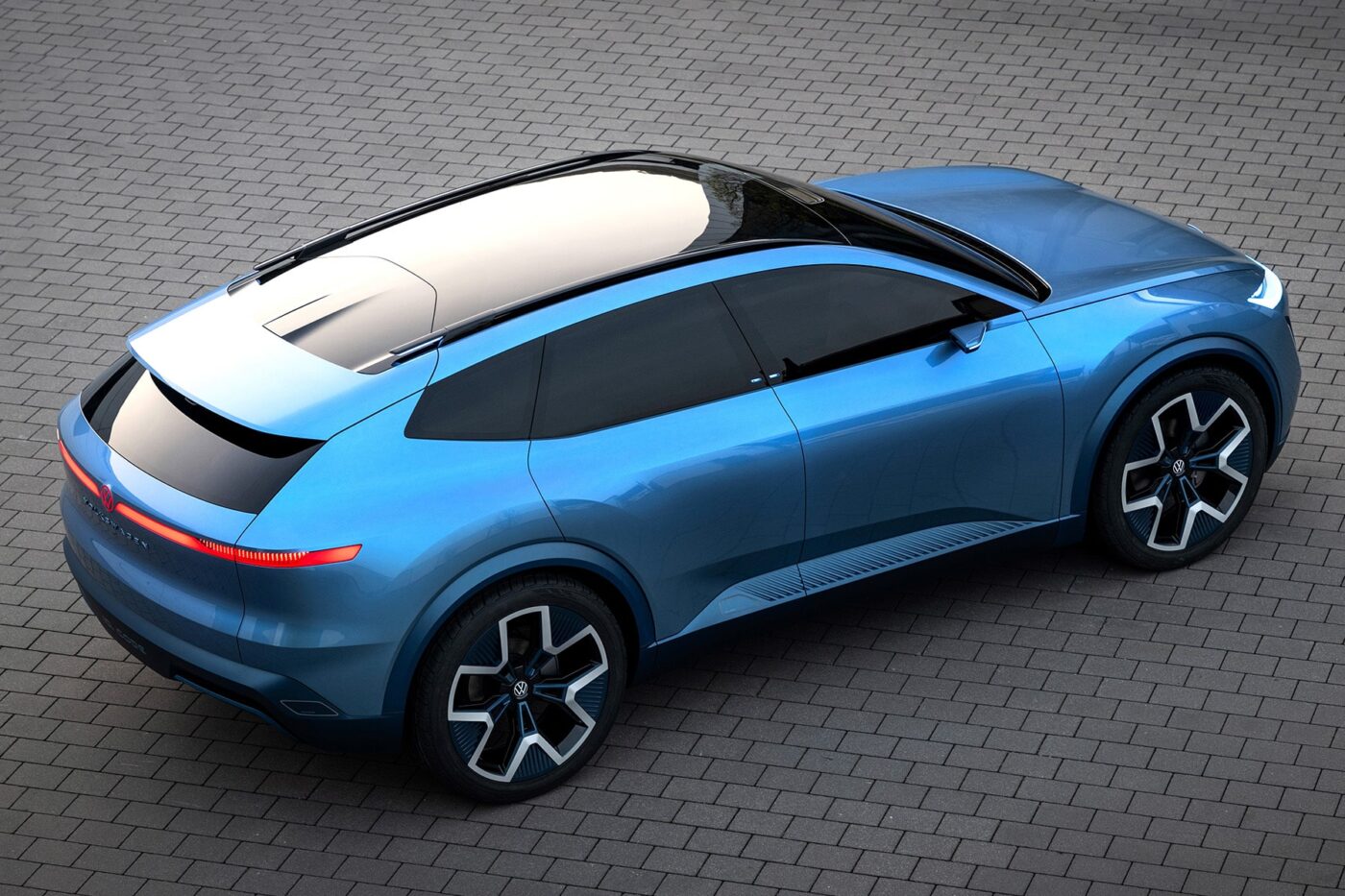
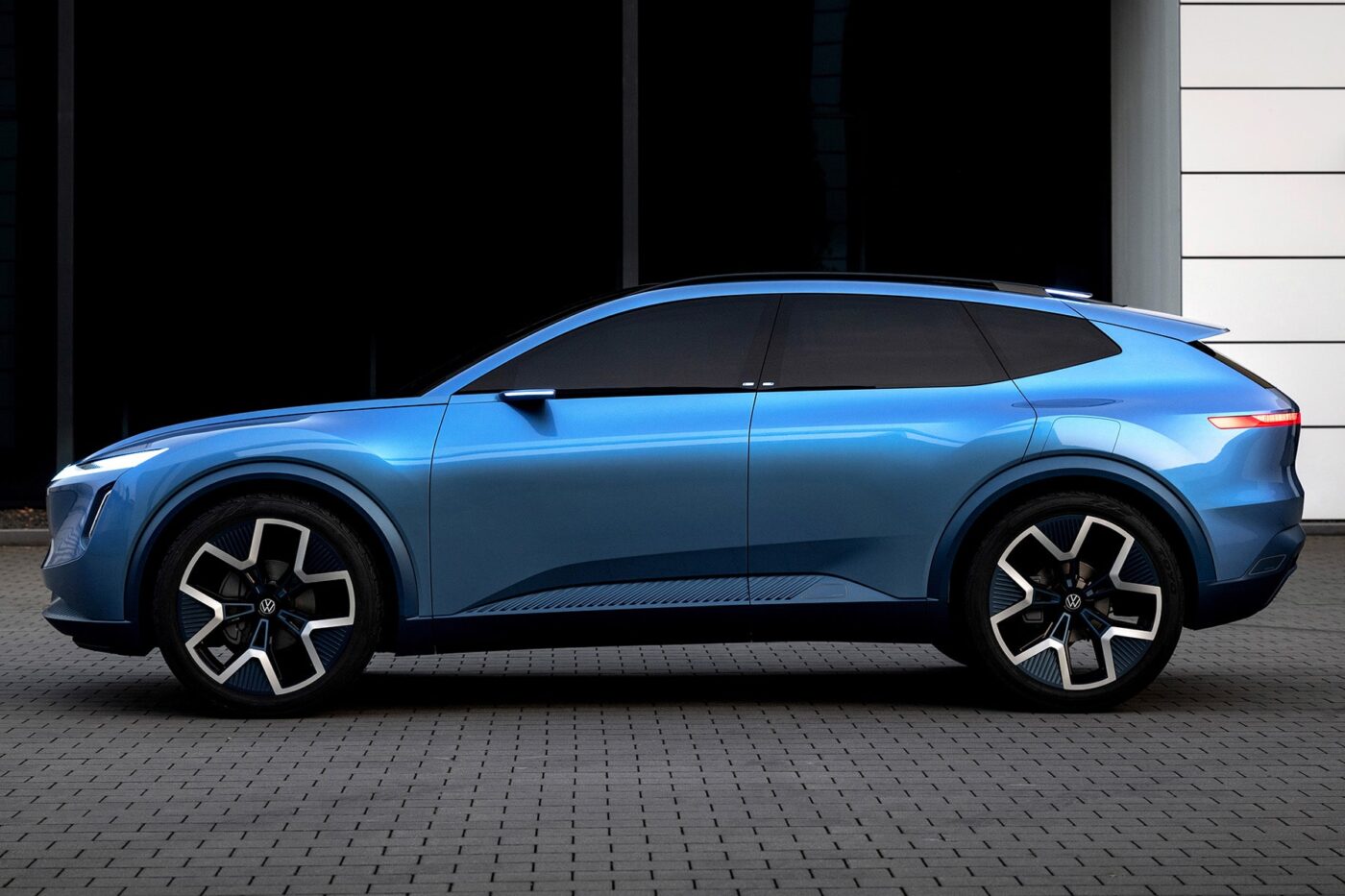
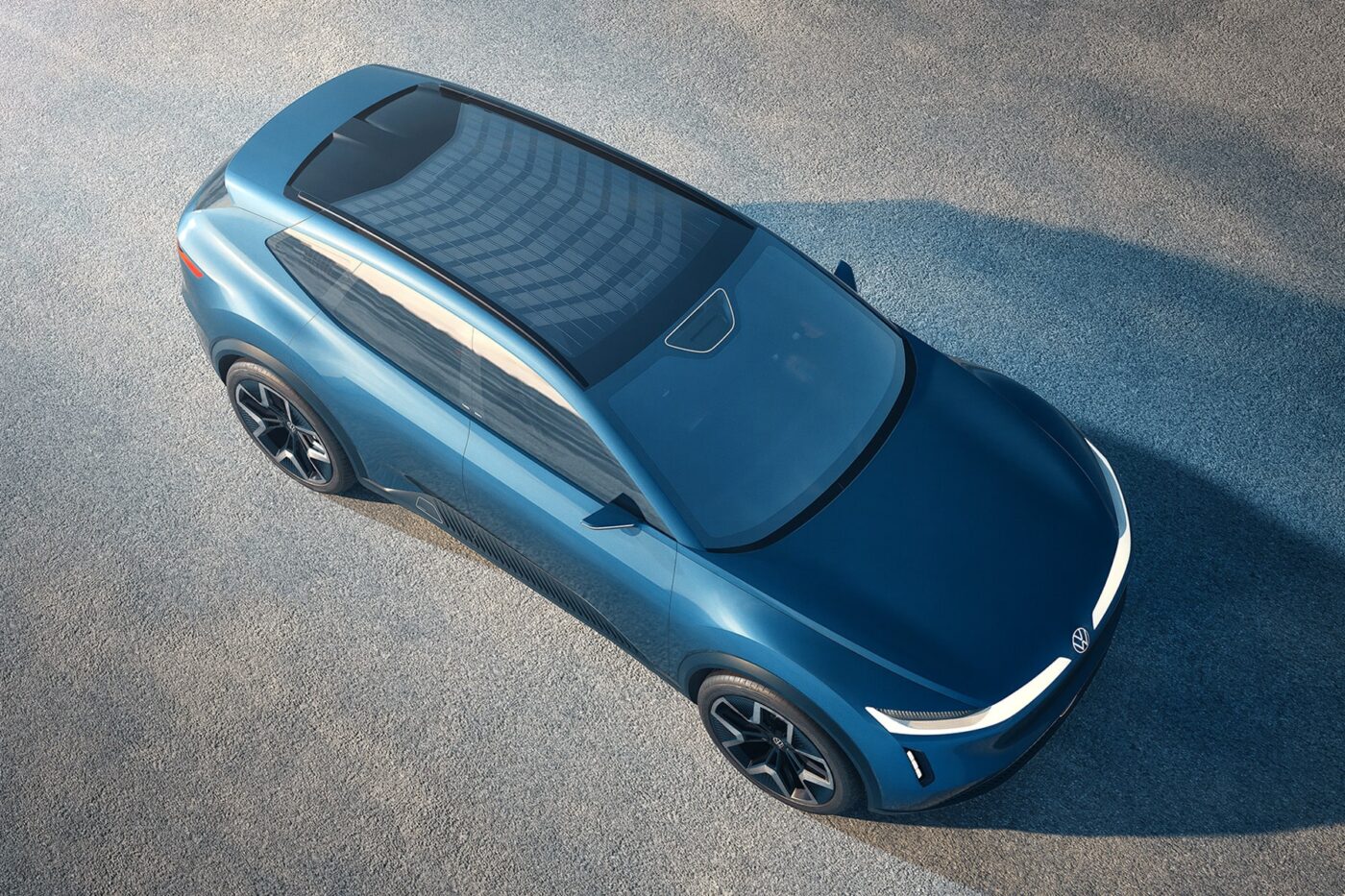
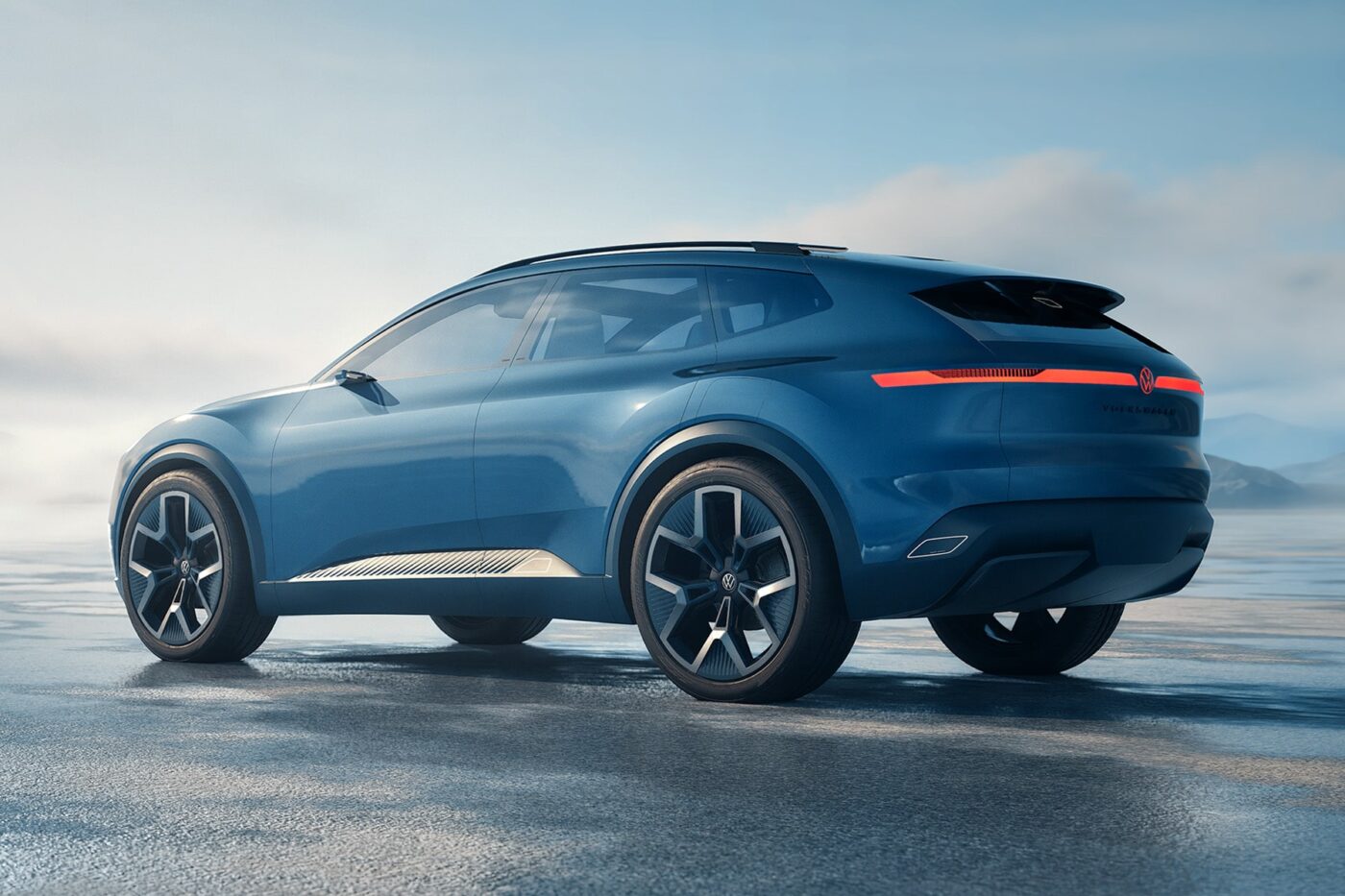
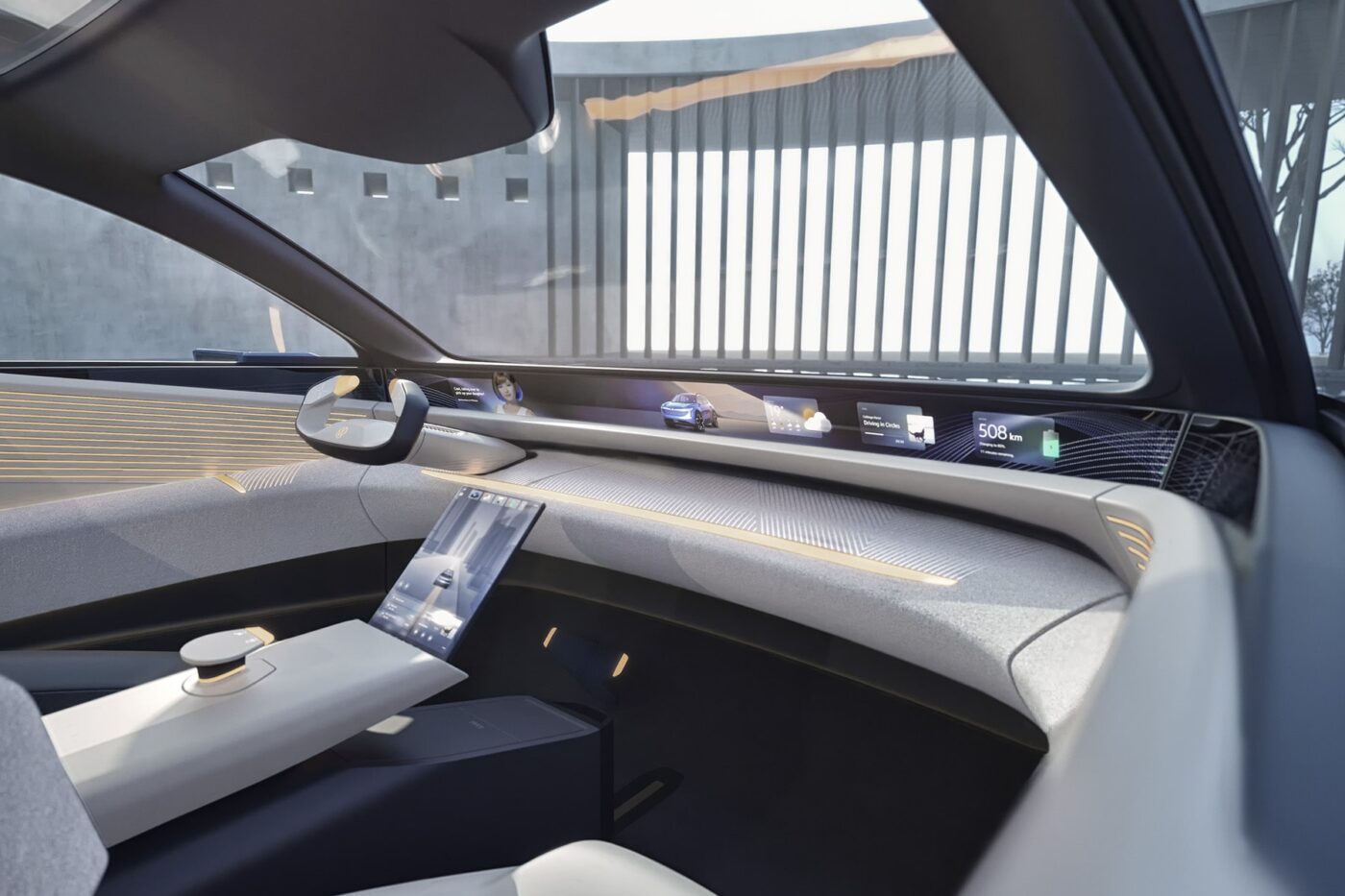
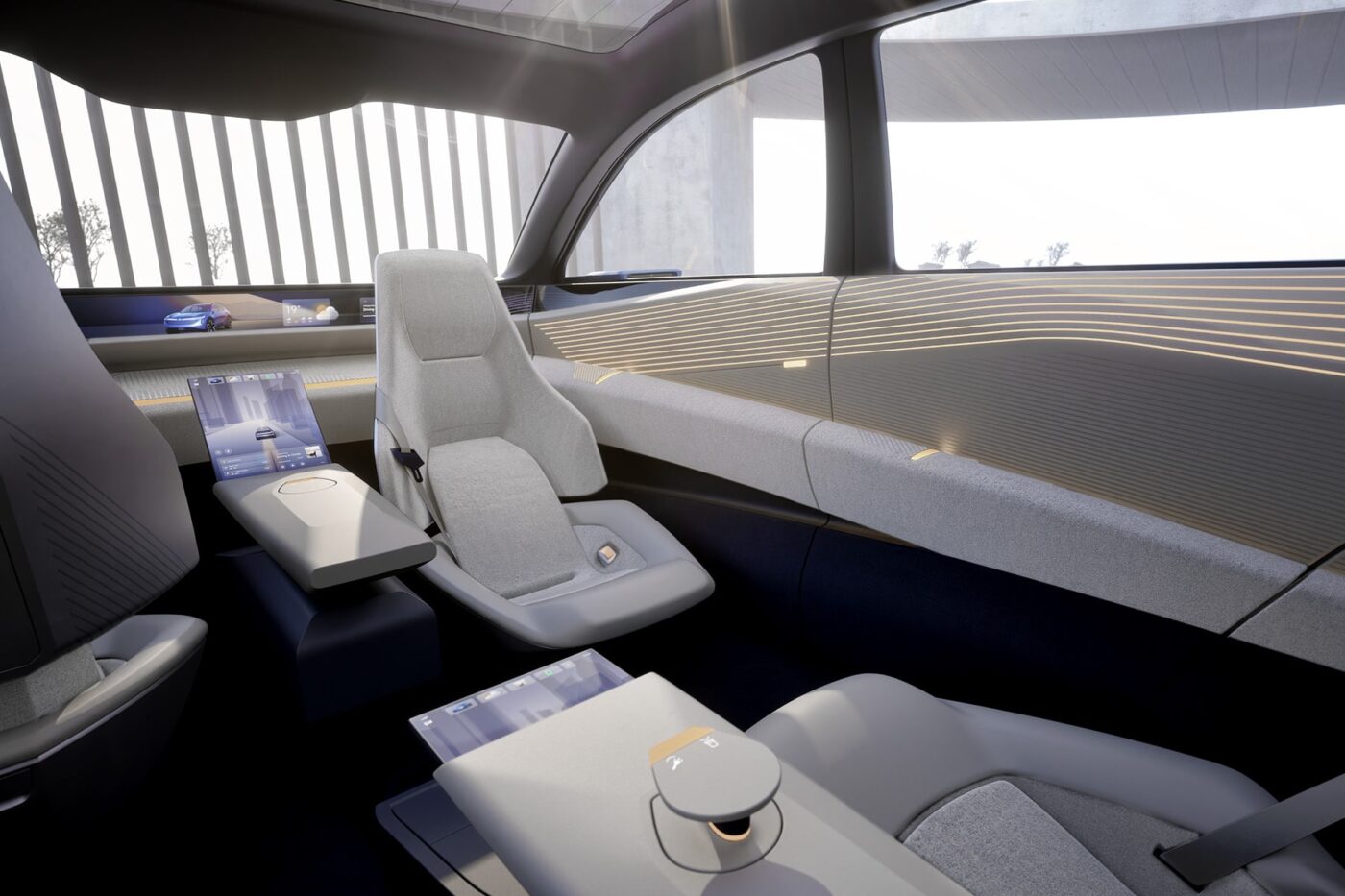
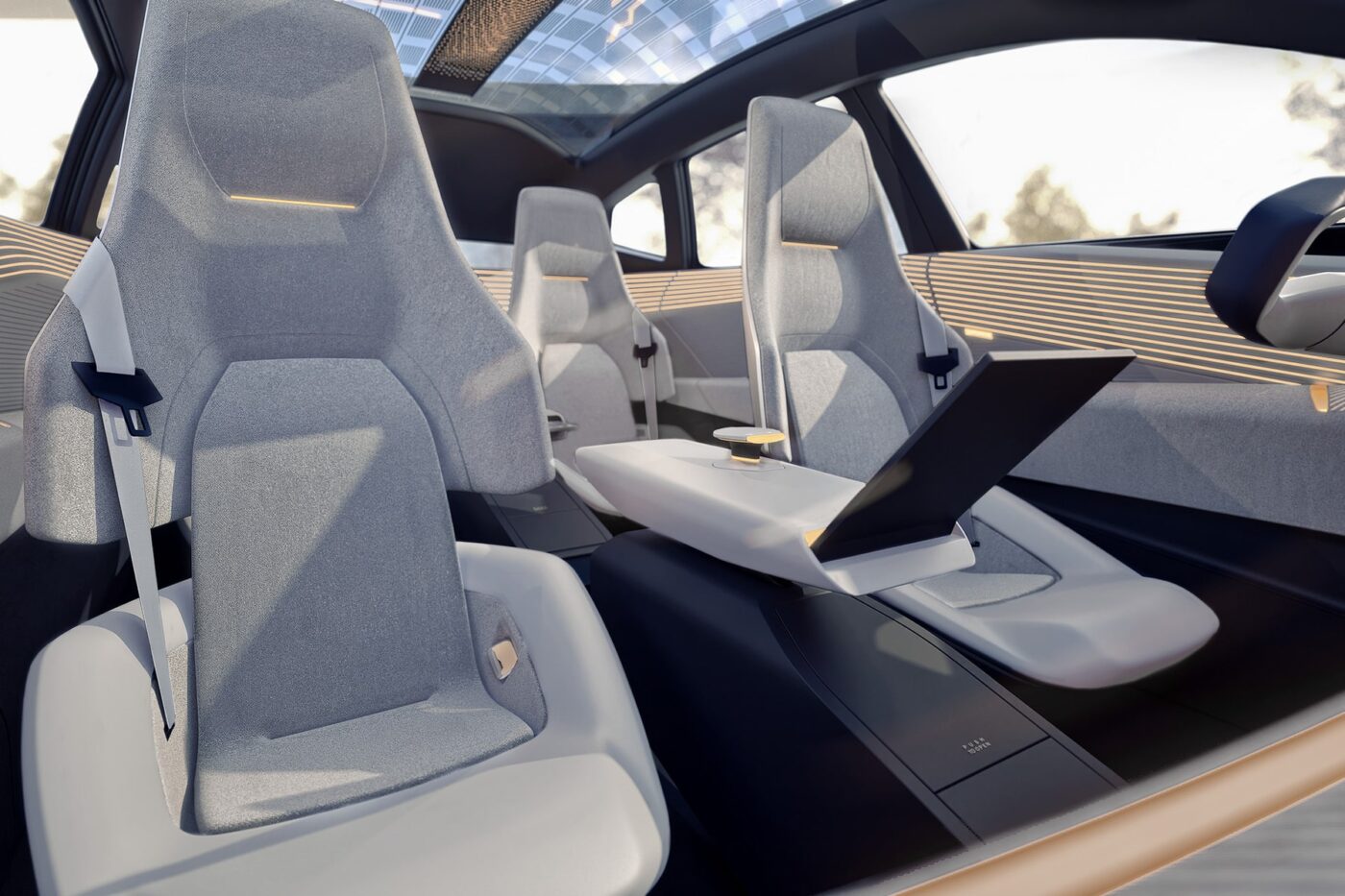
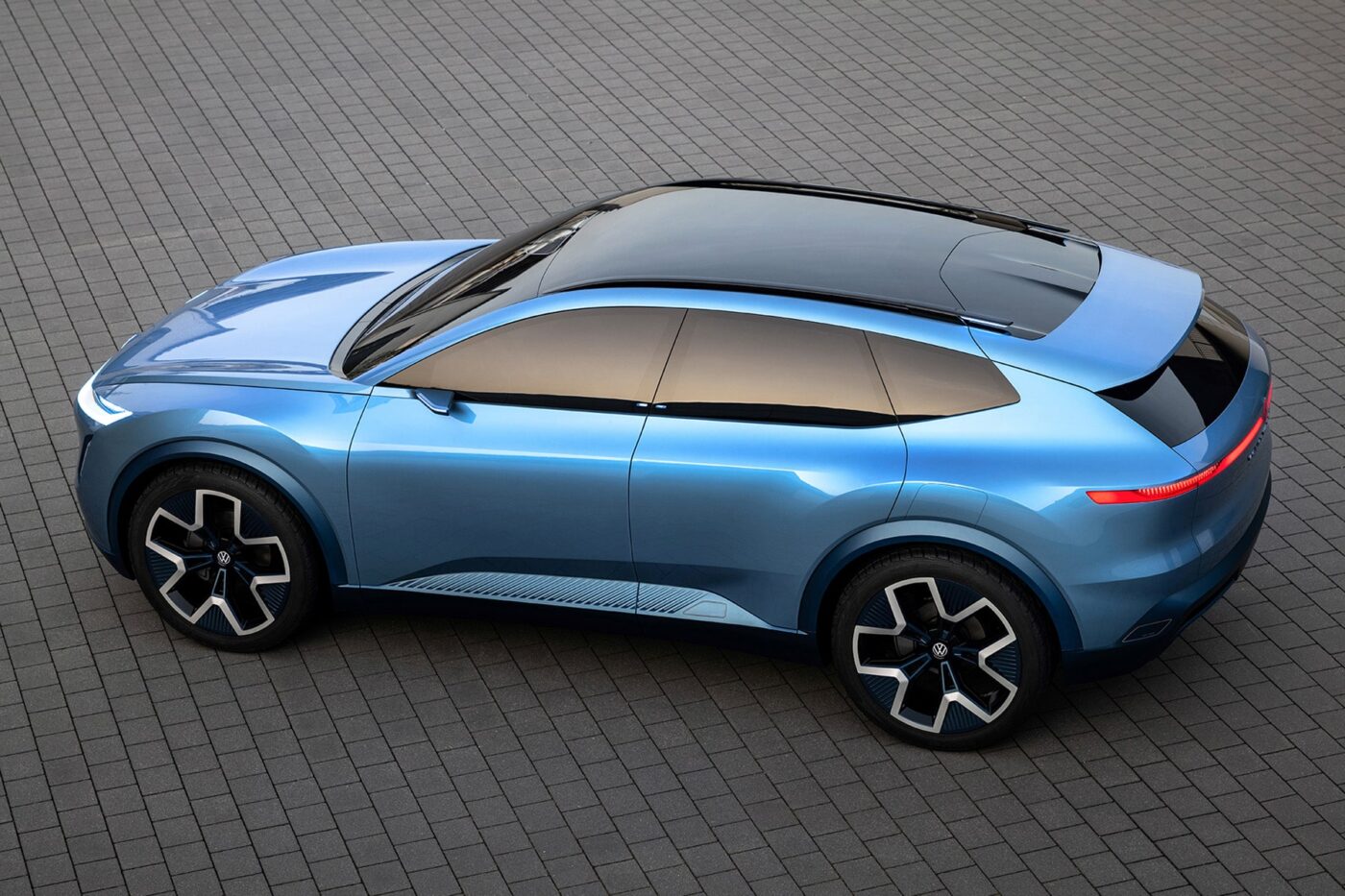
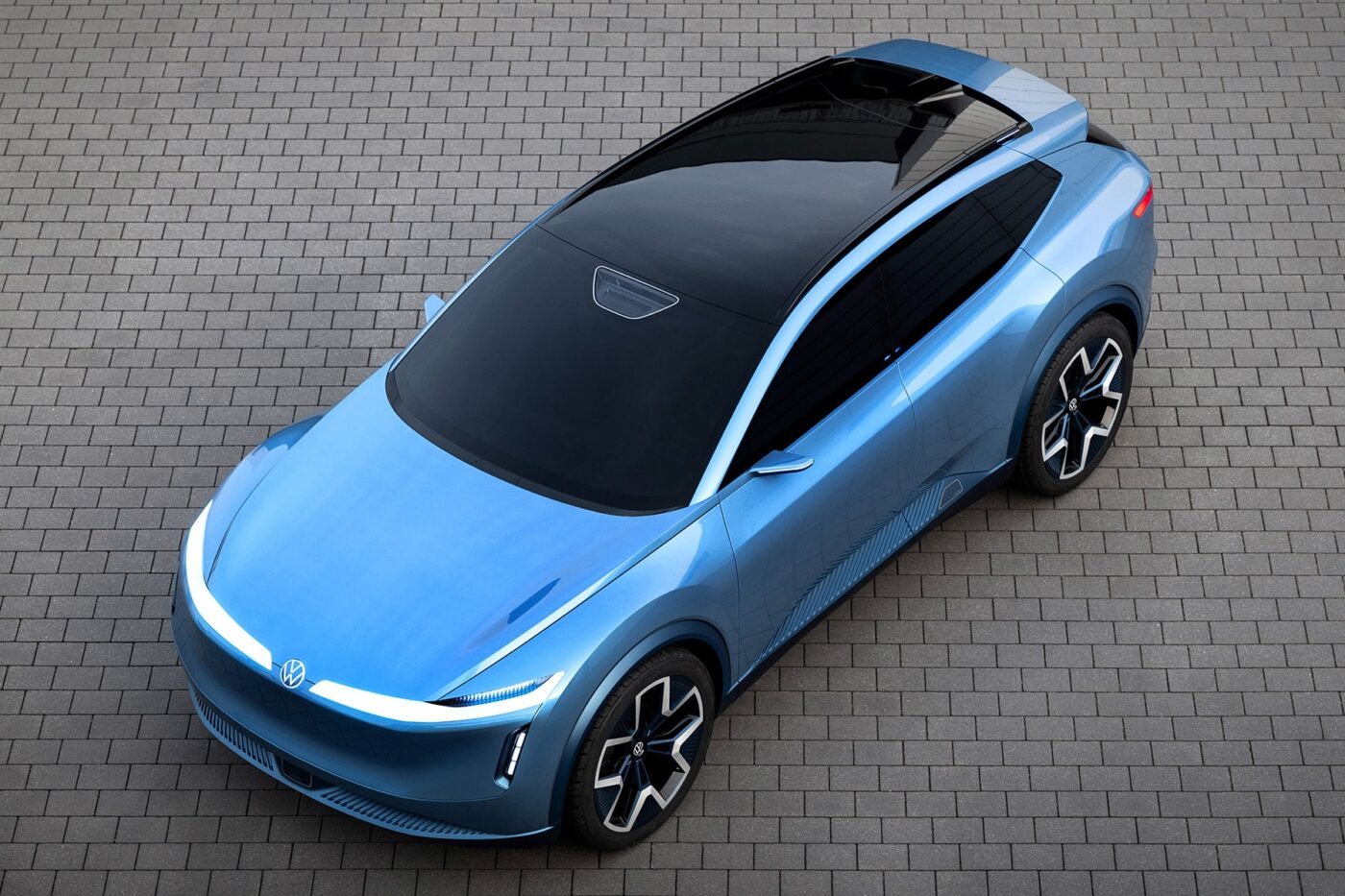
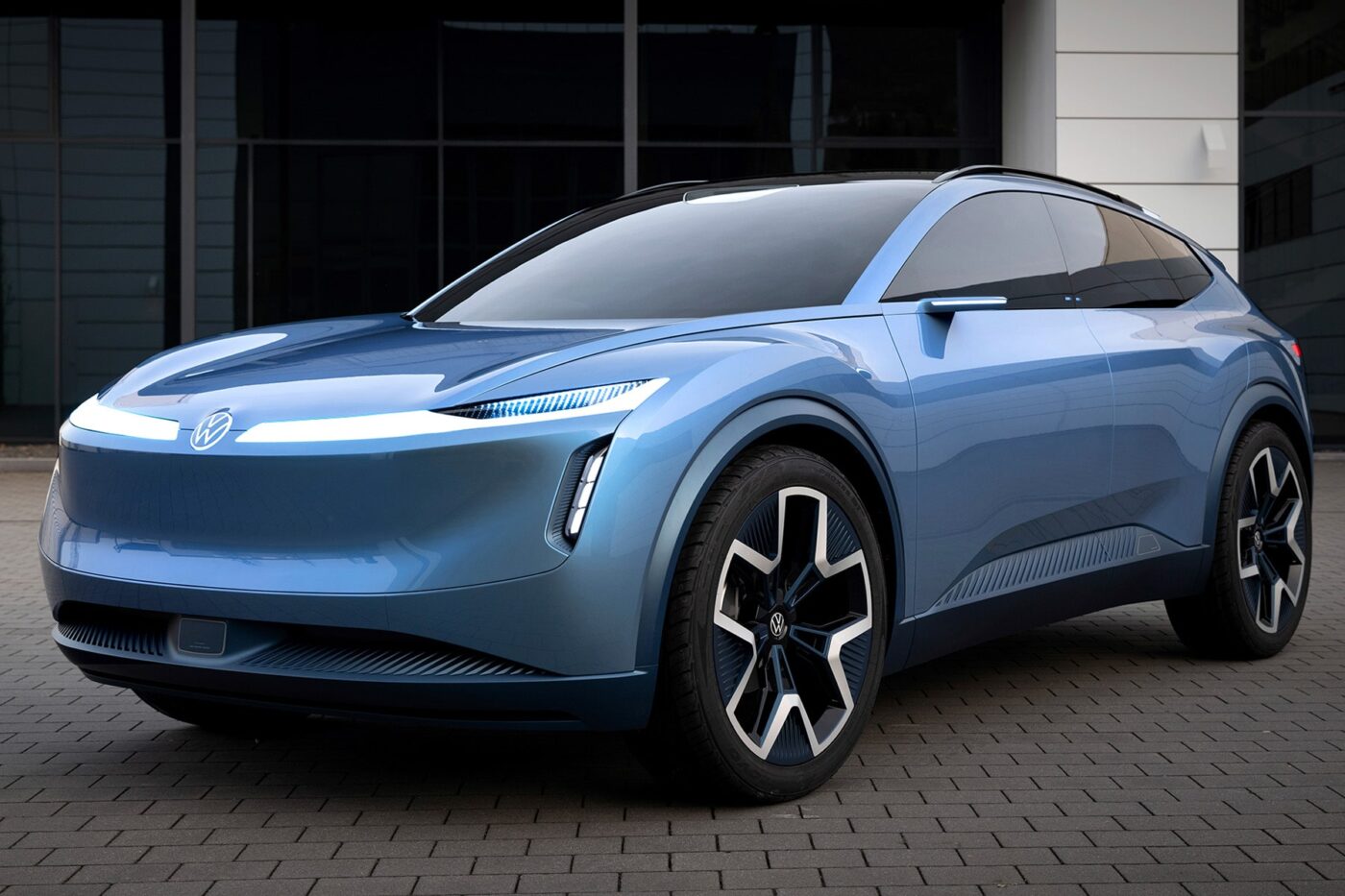
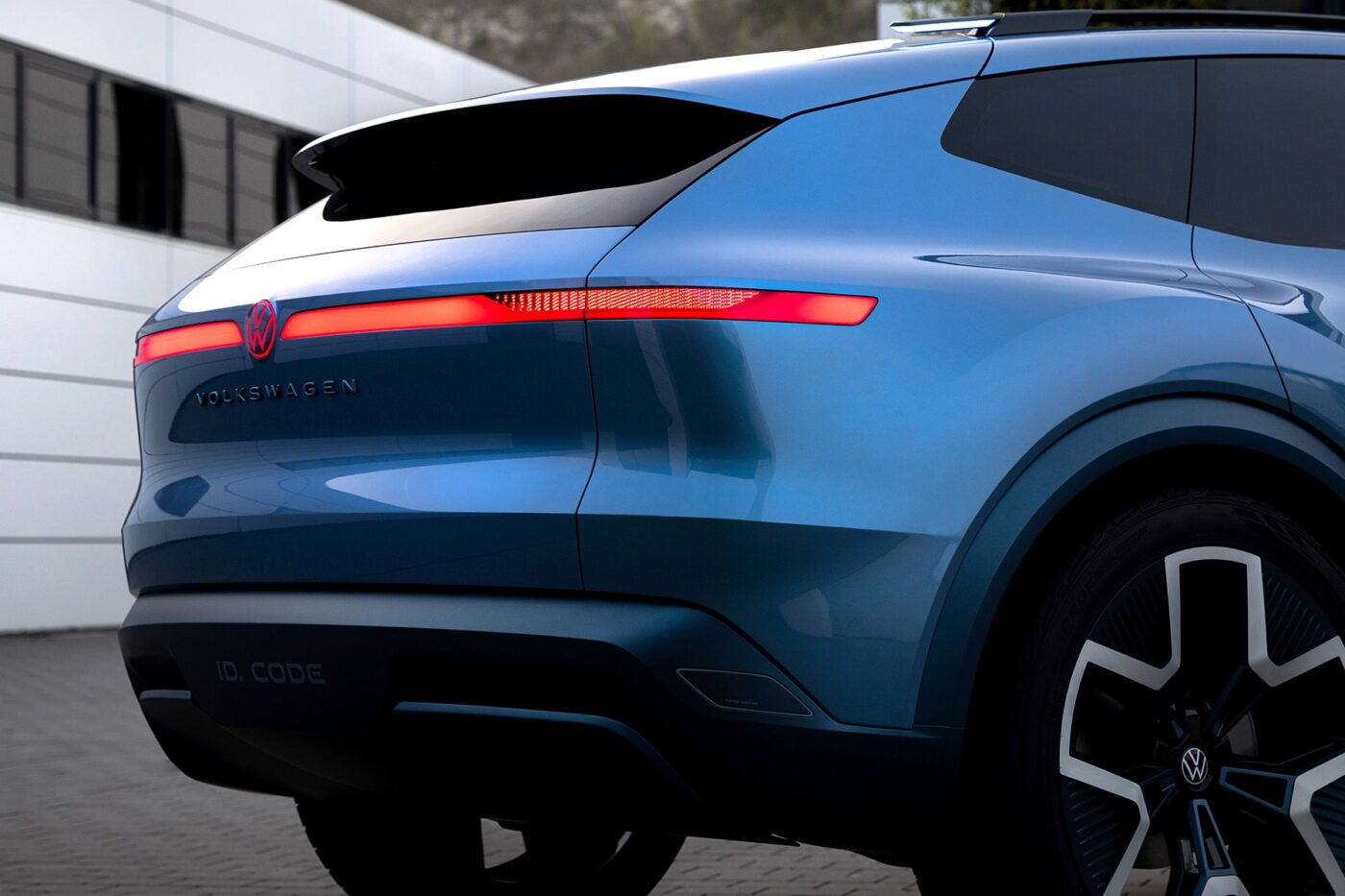
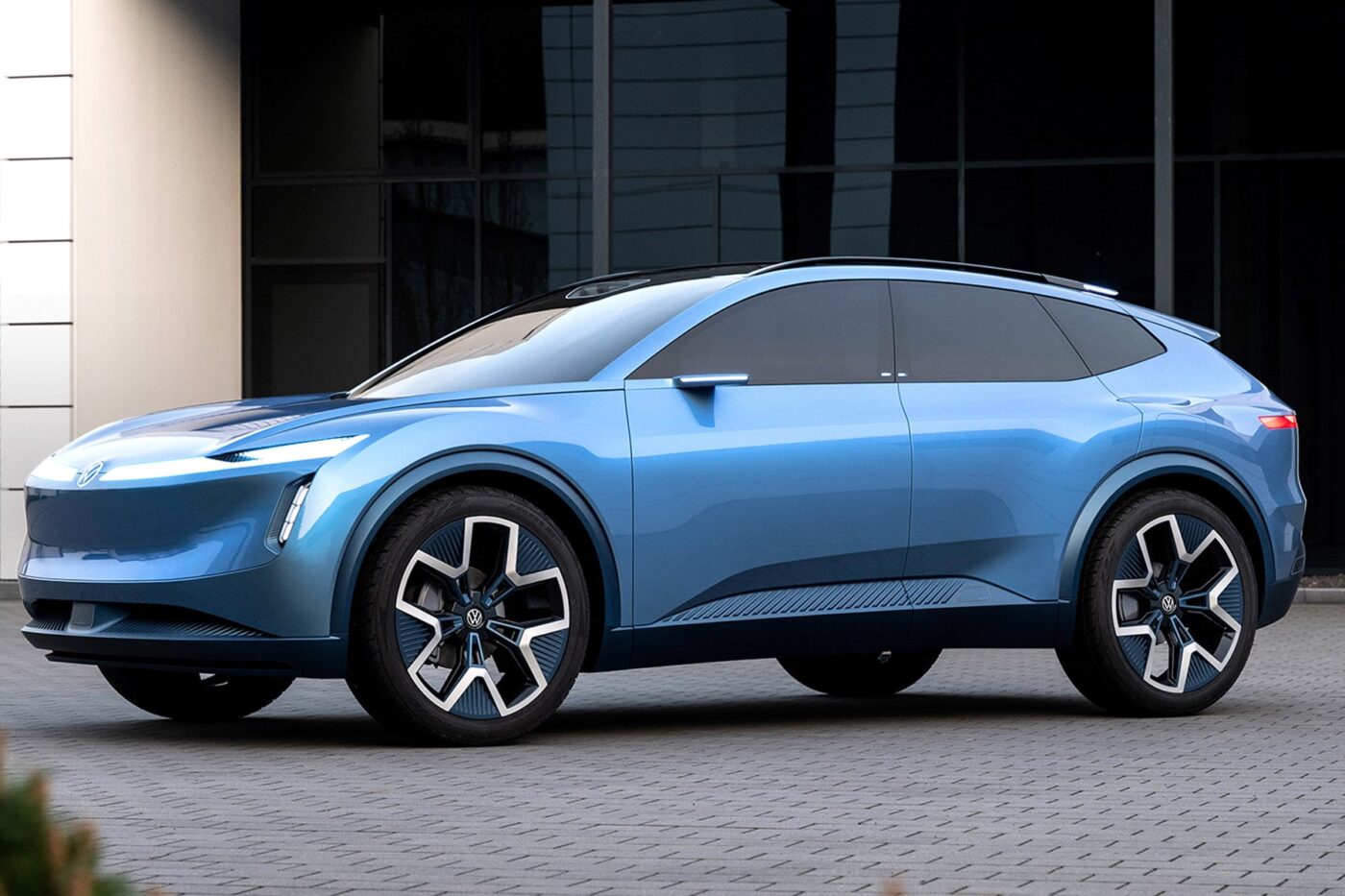
The concept for the Chinese market is based on a new design strategy developed by Volkswagen’s chief designer, Andreas Mindt, and his team. It sits on three pillars: “stability, likeability and the ‘secret sauce'”, as the manufacturer writes. From now on, these three pillars will determine Volkswagen’s global design – but the elements can be adapted to the “needs and wishes of our Chinese customers”. The strategy will characterise global design in the future, but the first interpretation in the form of the ID. Code is only relevant for China.
“We have adapted the three pillars of our design strategy and customised them individually for China to realise the automotive ideals of our customers between Beijing and Hong Kong”, says Mindt. “This has resulted in an interpretation of tomorrow’s SUV that looks both fast and futuristic, and which sets completely new accents with its fluid surfaces, dominant wheel housings and technology-oriented look.”
The “stability” of the ID. Code combines the “unusually sleek and thus sporty cabin for an SUV, and the very powerful wheel housings” – the rims of the concept car are a generous 24 inches in size.
The “likeability” will be achieved by the body proportions and “through the cleanly-cut shapes of the perfectly designed golden ratio of the body and graphic elements such as the friendly appearance of the front end” – also thanks to the interactive lighting systems. That brings us to the third pillar, the “secret sauce”. The new lighting systems will have the “human, interactive twinkling eye feature” – the ‘secret sauce’ thus “breathes virtual life into the concept car. In addition, AI-powered interaction enables a new level of human-machine communication.”
Technically, the ID. Code is designed for fully automated driving according to Level 4 – the driver can control the EV or hand over control (and responsibility) to the car. In that case, the ID. Code can communicate with its surroundings. The basis for this is the “Light Cloud” with interactive “3D Eyes” (light crossbar below the bonnet) and an LED screen in the semi-transparent front section. In addition to communicating with other road users, these elements will also provide the driver with information: “The systems become active when the driver or an authorised user approaches. The ID. Code starts a visual and acoustic welcome scenario and provides the driver and passengers directly with the current weather forecast for the next two hours.”
Transparent displays in the windows
Another innovation: semi-transparent displays, known as “Smart Windows”, are integrated into the window surfaces. As soon as the driver approaches, an AI-supported avatar will appear on the displays of the respective front-side window. It provides the driver directly with important information and reminds them, for example, to take an umbrella if rain is forecast. The same avatar is also used in the interior – “as the perfect co-driver, it supports the driver and provides passengers with information of all kinds.”
According to VW, the concept car’s interior is a “highly variable lounge with online connectivity. Its equipment makes travelling more entertaining and comfortable than ever before”. All materials are pet-free. In addition to the aforementioned avatar, high-end sound, ambient lighting, and air conditioning systems will “make for travel comfort like in a private jet”, according to VW. If, for example, the steering wheel is retracted in autonomous driving mode, the front seats can be rotated by 180 degrees – so that family members can sit opposite each other in a more communicative way. The seats can also be moved into a sleeping position for longer journeys.
Sub-brand ID. UX could win over new customer groups
We have already seen plenty of features like this in studies and concept cars. In VW’s case, what makes it onto the road could be revealed in the same place in two years’ time – if the German manufacturer presents the series version of its new electric SUV at Auto China 2026.
The ID. Code as a study is just one of the aspects with which VW wants to win over customers for its electric cars in China. The carmaker also announced the all-electric sub-brand ID. UX, with which the VW intends to win over new customers in China. According to VW, “all-electric, lifestyle-oriented models, this sub-brand is designed to appeal to younger customers in particular”. In other words, with series models that have the ID. Code design.
The entire ID. family will grow to 16 models by 2030 – including five electric vehicles from ID. UX, all of which will debut by 2027. The first model of the new sub-brand will be the ID. Unyx, which will launch in China this year. It will likely be the VW adaptation of the Cupra Tavascan built in China, i.e. one of the current MEB models.

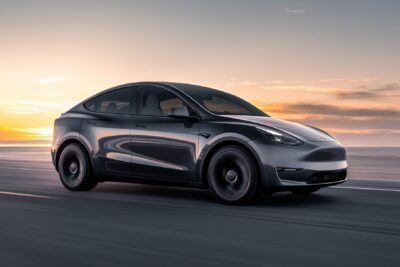
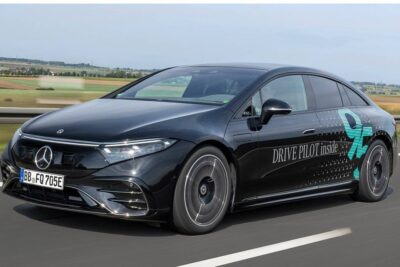
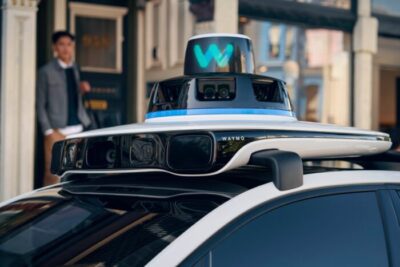
0 Comments